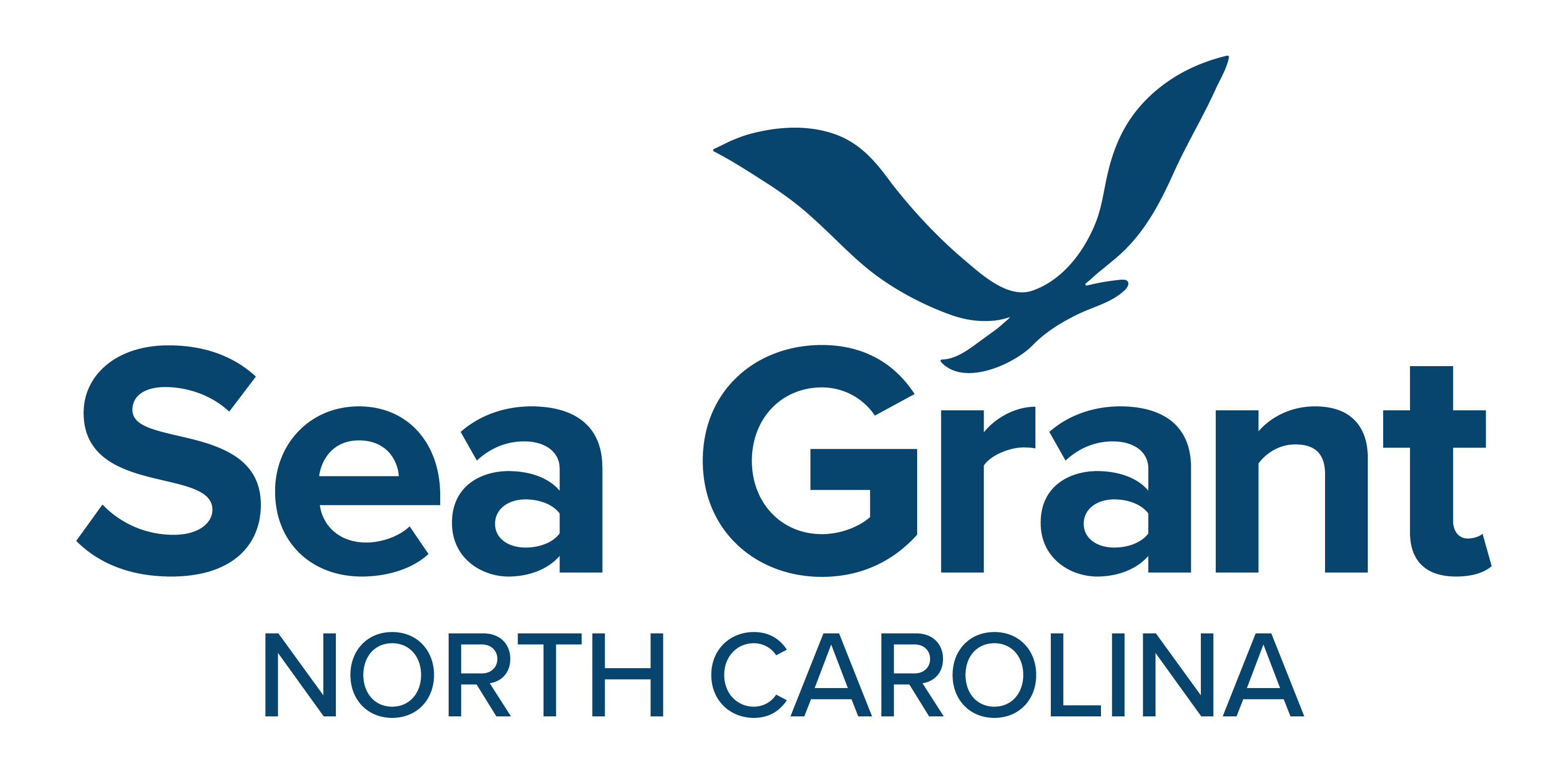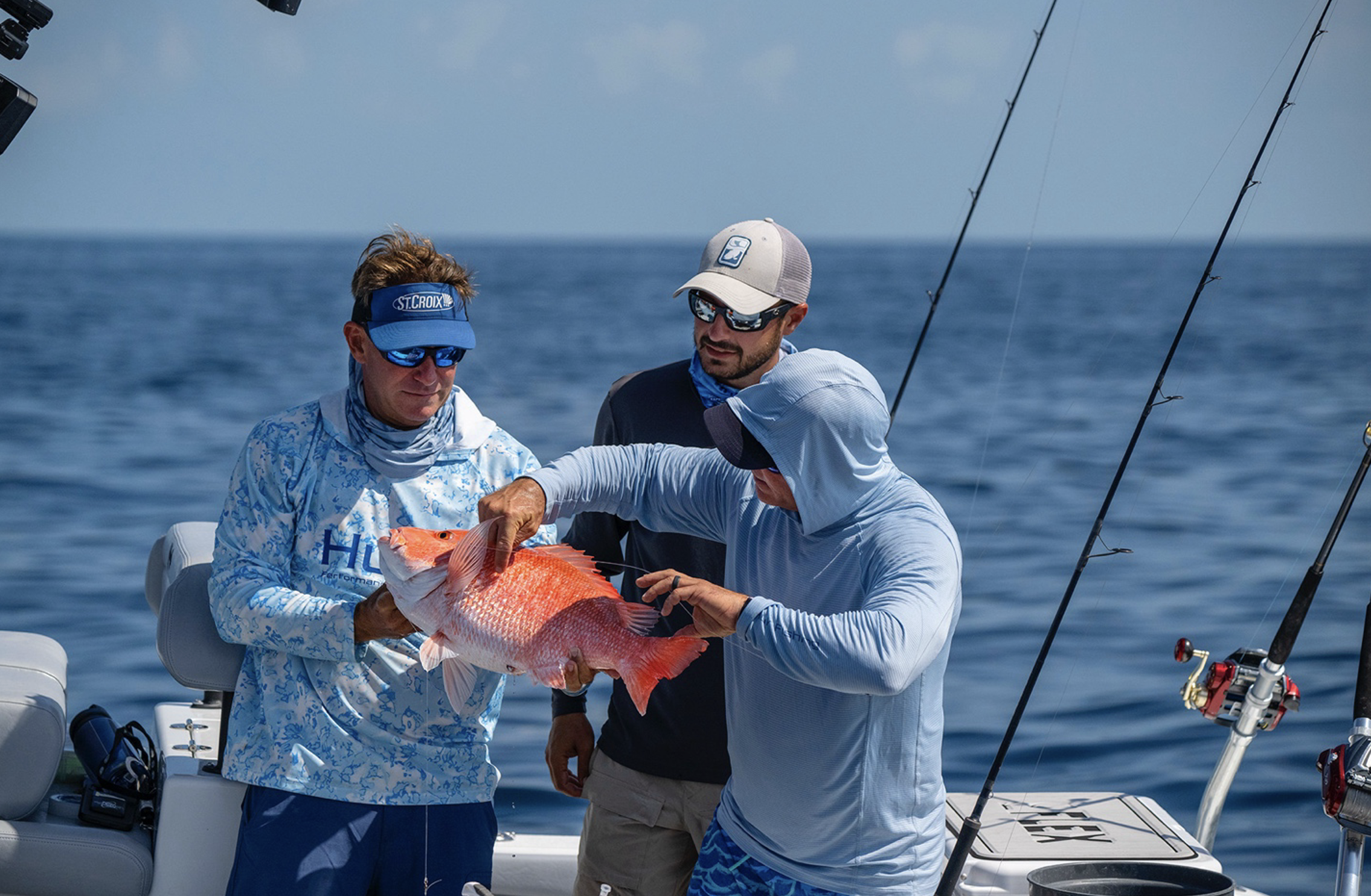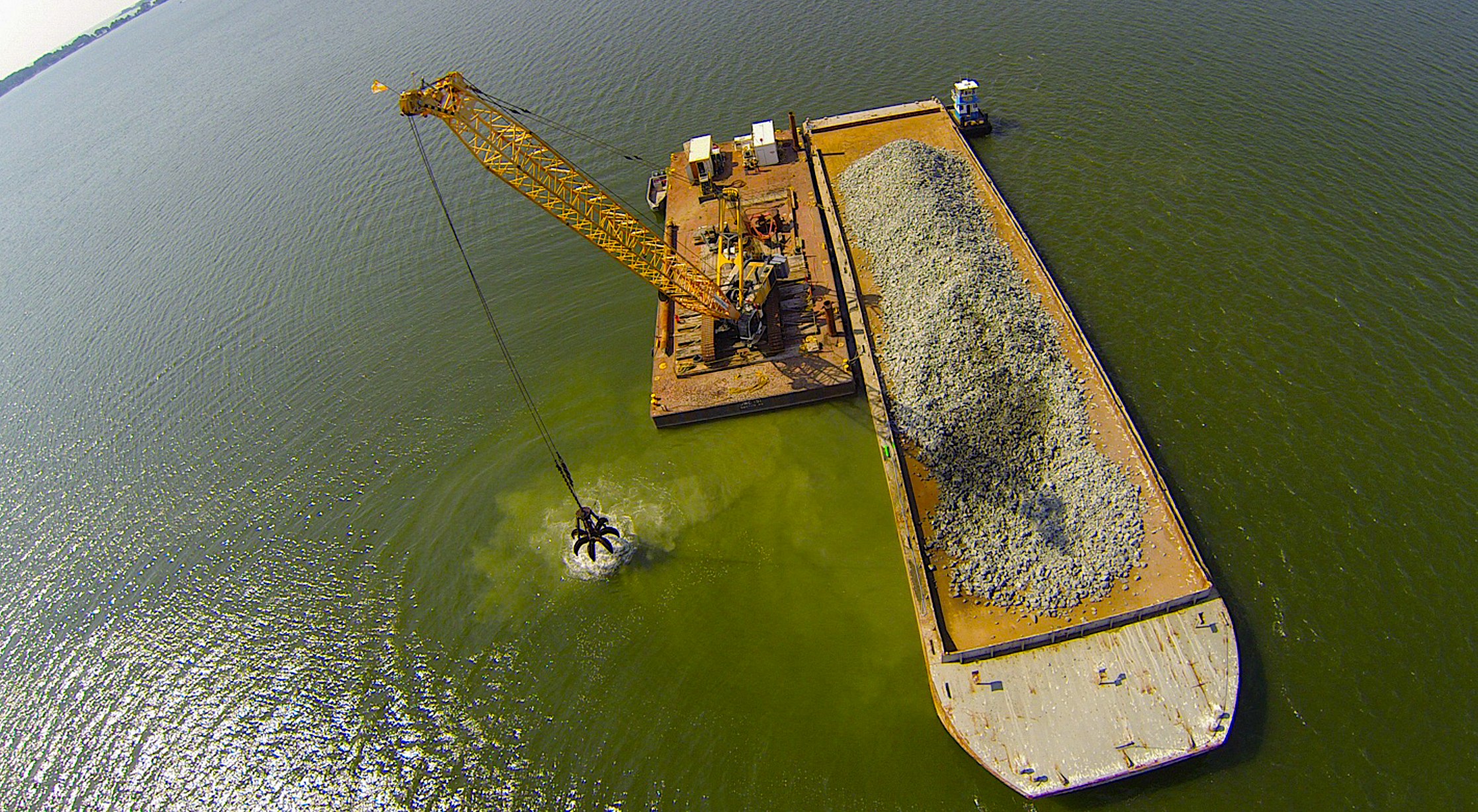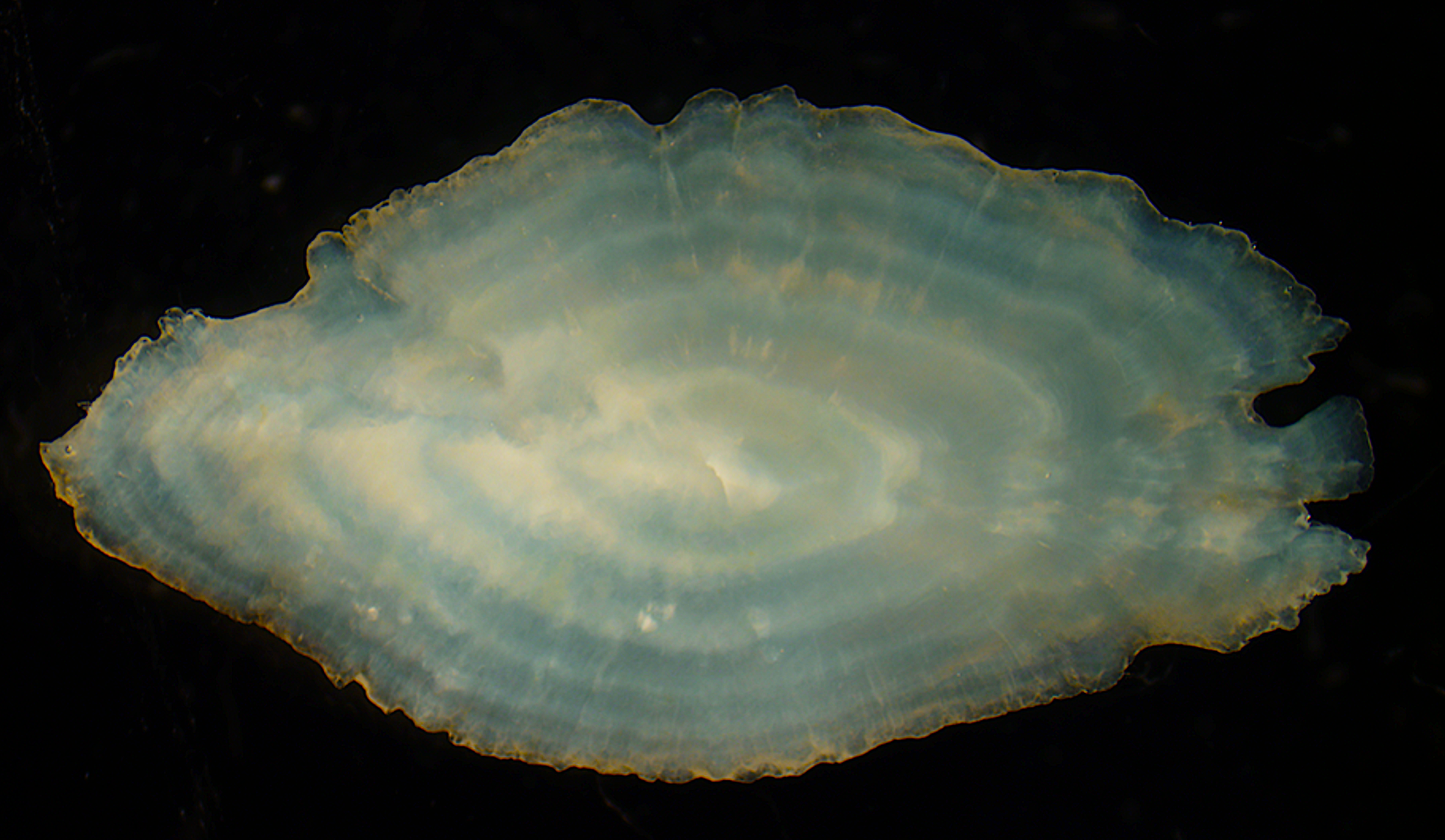Harvesting stone crab claws can weaken their nutritional health and raise parasite levels.
Stone crabs live along the Southeast coast, and North Carolina sits at or near the northern edge of their range. The state sees small but steady commercial landings of stone crab claws each year.
In North Carolina, it is unlawful to remove, take, or possess stone crab claws from June 15 through August 15, and there is no possession limit during the open season. (For the complete rules and regulations, visit the North Carolina Division of Marine Fisheries website.)
Research Need
The South Atlantic and Gulf of America stone crab fishery relies on a distinctive harvesting method: fishers remove one or both claws and return the live crab to the ocean, expecting it to survive and regenerate its limbs. Claw regeneration can take a year or longer.
Previous research suggests only 20 to 40% of harvested animals survive removal of both claws at once. Although this practice is intended to be sustainable, the long-term effects of claw removal on crab health, nutrition, and susceptibility to disease are not well understood.
With changing environmental conditions and increasing impacts of commercial and recreational fishing, it is critical to evaluate whether this method truly supports healthy, resilient crab populations.
What Did They Study?
To explore the impacts of claw removal, researchers studied 276 wild stone crabs collected from Cedar Key and Harbor Key along Florida’s Gulf Coast before, during, and after the 2019–2020 stone crab fishing season.
The research team compared crabs with no claws, regenerating claws, and intact claws, analyzing their physical condition, nutritional health, and vulnerability to parasites and pathogens. The team also assessed whether claw loss changed what and how much the crabs were eating after release, compared to their unfished counterparts.
What Did They Find?
Crabs with missing or regenerating claws were in poorer nutritional condition than those with intact claws. Additionally, crabs without claws were nearly twice as likely to be infested with gill barnacles — organisms that attach to the gills and may increase stress on the animal.
Despite these health differences, claw condition did not significantly affect what the crabs ate. However, the reduced nutritional state suggests that while clawless crabs were attempting to eat the same foods, they were less successful until the claws regenerated.
What Else Did They Find?
Researchers also found several viruses in stone crabs that had never been recorded before. It is not yet clear if these viruses harm the crabs, but the team’s discovery shows there is still a lot to learn about stone crab health.
Anything Else?
Crabs with missing or regenerating claws also were more likely to carry parasites — which could lower their chances of surviving long enough to regrow harvestable claws.
In particular, the team identified Hematodinium in the samples. Although it is rare in stone crabs, this parasite causes bitter crab disease, a condition that makes the meat unpalatable and unsuitable for sale.
This study shows that while stone crabs can survive after claw removal, they may face additional challenges that affect their overall health and ability to recover. Although these impacts may not be immediately visible, they could build up over time and weaken crab populations, reducing the long-term sustainability of the fishery.
Reading
Duermit-Moreau, E., Bojko, J., Crowley-McIntyre, C. E., Gandy, R., & Behringer, D. C. (2025). The Florida stone crab fishery: Trophic shifts, parasitic associations, and nutritional impacts. Fisheries Research, 288, 107431. doi.org/10.1016/j.fishres.2025.107431
This research was funded by Florida Sea Grant Aylesworth and Guy Harvey Scholarships, and the Cynthia Melnick Endowment.
Lead photo: Juvenile stone crab. Credit: Andrea Westmoreland via Creative Commons Attribution-Share Alike 2.0 Generic license.
The text from Hook, Line & Science is available to reprint and republish at no cost, but only in its entirety and with this attribution: Hook, Line & Science, courtesy of Scott Baker and Sara Mirabilio, North Carolina Sea Grant.
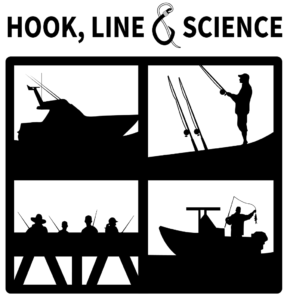
- Categories:
